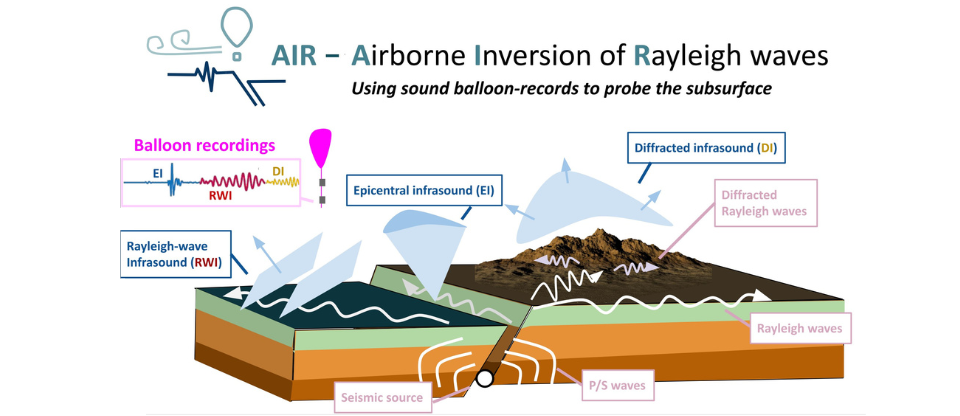AIR – Airborne Inversion of Rayleigh waves

Over the next three years, the NORSAR-led project AIR will assess the feasibility of exploring Venus’ interior using Balloon-borne seismology.
Project details
Status: Ongoing
Project period: July 2023-2026
Funding source: Research Council of Norway (project no. 335903)
Project manager: Dr. Quentin Brissaud, NORSAR
Partners: UiO, IRF, Caltech, NASA
AIR will build numerical models to detect and retrieve Venus interior structure from the sound signature of seismic events on the planet collected by balloon platforms. The research will push the envelope of balloon technologies for the detection and analysis of natural and man-made events on Earth and beyond.
Understanding Venus' interior structure is critical to determine its evolution and explaining why conditions on this planet are so drastically different than on Earth despite sharing similar mass and density. On Earth, seismic waves generated by seismic events such as Earthquakes and recorded by seismometers at the ground are utilized to constrain our planet down to its very core. However, deploying seismometers on Venus is significantly more technologically challenging due to its harsh surface conditions (more than 460°C and pressure near 90 atmospheres). New research has shown that the sound generated by seismic events can be recorded at high altitudes from a balloon and can, in part, inform us about the subsurface. However, very few seismic events have been recorded from a balloon and tools for detection and analysis are lacking to fully exploit the potential of seismically-induced sound waves.
AIR addresses key theoretical and practical issues by taking advantage of balloon data collected by the Jet propulsion Laboratory and the Swedish Institute of Space Physics during large-scale balloon campaigns, and by relying on state-of-the-art simulation tools. The main objective is to build a model to automatically retrieve seismic source parameters and subsurface structures from sound waves and explain how this new innovative technique can contribute to future planetary missions.
